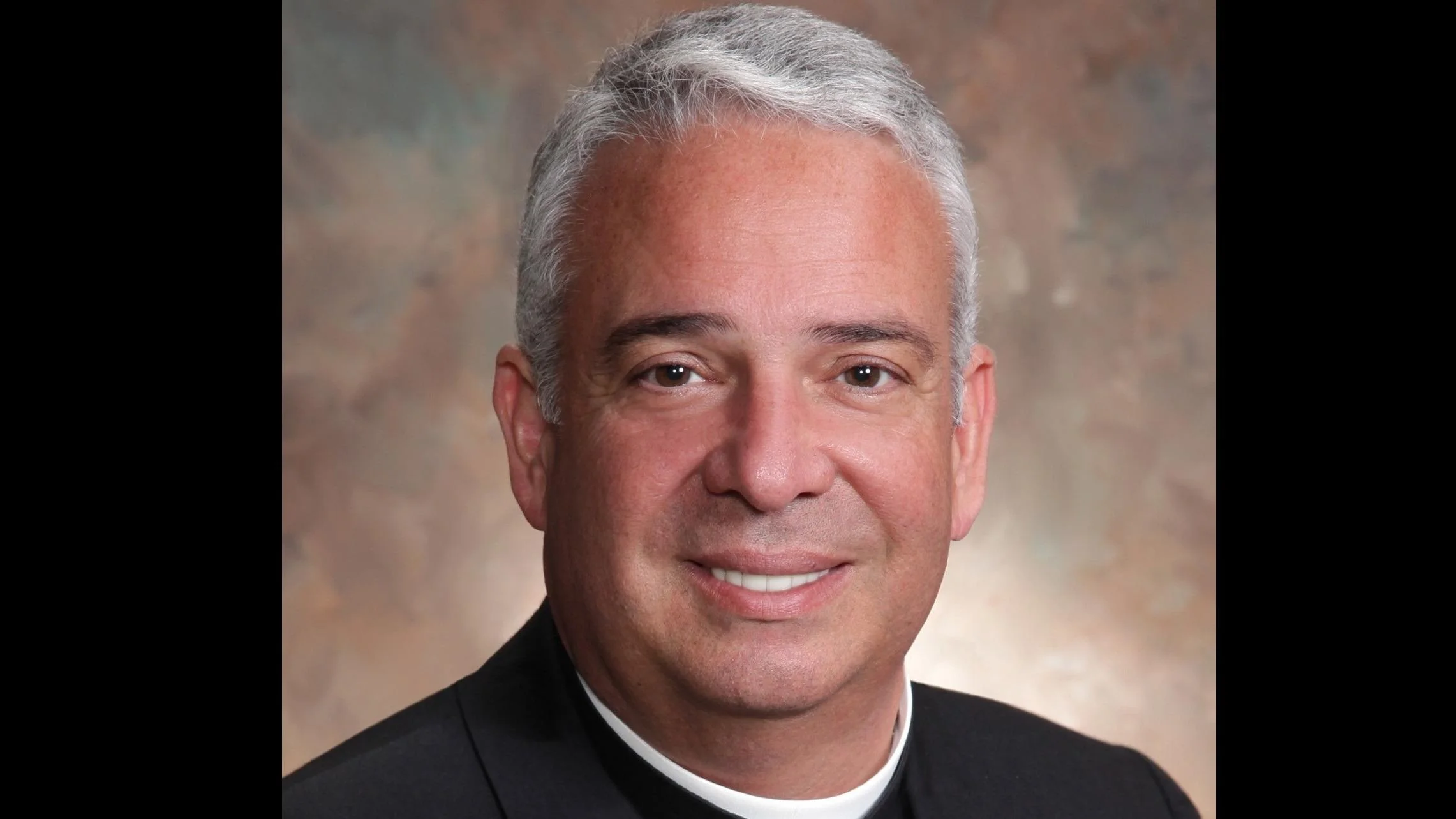
Bishop Thomas John Paprocki | Diocese of Springfield
Pope Francis was laid to rest on April 26 in the Basilica of St. Mary Major after his coffin made its way through the center of Rome. This marked his final farewell to the city, a place where he served as bishop. Following a funeral Mass in St. Peter's Square, the pope's coffin was transported in a simple wooden casket, leaving the Vatican at 12:30 p.m. local time. A crowd of onlookers gathered to bid him farewell with gestures of applause and chants of "Goodbye, Pope Francis" and "Good journey, Francis."
The procession moved slowly through Rome, passing notable landmarks such as the Monument to Victor Emmanuel II, the Roman Forum, and the Colosseum, before arriving at Via Merulana near the Basilica of St. Mary Major. Authorities estimated that approximately 150,000 people lined the streets to pay their final respects, part of around 400,000 attendees. At the basilica, a group of poor individuals awaited to express their farewells to the pope, who was known for his care toward them.
Inside the basilica, a procession including cardinals, bishops, priests, and Vatican officials led the way to the chapel that houses the "Salus Populi Romani," an icon favored by Pope Francis. Four children placed baskets of white roses before the image as a tribute. The burial site, at Pope Francis' request, is within St. Mary Major, marking a historic spot for the Church.
His tomb is a white marble slab with his Latin name "Franciscus," located in a niche between notable chapels in the basilica. Above the tomb hangs his silver pectoral cross. Throughout his pontificate, Pope Francis visited this basilica over 100 times, often to pray before and after his travels.
The private burial ceremony included prayer intercessions asking for divine mercy on Pope Francis and acknowledgment of his deeds. The ceremony included the chanting of the "Our Father" and other prayers in Latin. Cardinal Kevin Farrell, the camerlengo, conducted the final rites by sprinkling holy water over the coffin as the "Regina Caeli" was sung.
April 26 initiated the Novendiales, a nine-day mourning period involving daily Masses celebrated by cardinals for Pope Francis' repose. Concurrently, preparations began for the conclave to elect his successor, scheduled for May 7. This timing falls within the Church's traditional mourning period, allowing cardinals to gather from around the world.
The conclave takes place against the backdrop of Michelangelo's frescoes in the Sistine Chapel. Adhering to tradition, a special Mass was celebrated on the morning of May 7 at St. Peter's Basilica before the cardinals proceeded to the chapel. Inside, each cardinal adhered to the required oath of confidentiality and electoral integrity before the chapel doors were closed to outsiders.
The conclave is presided over by Cardinal Giovanni Battista Re, the dean of the College of Cardinals. A two-thirds majority, equivalent to 90 votes, is necessary to elect the next pope. The outcome will be signaled traditionally by the smoke emerging from the Sistine Chapel chimney: black for an inconclusive vote, white for the successful election of a new pope.
Pope Francis' tenure saw the appointment of 108 cardinal electors, significantly affecting the composition of the College of Cardinals by incorporating representatives from regions and countries with smaller Catholic populations. This change aims to provide a broader representation in papal elections.





 Alerts Sign-up
Alerts Sign-up